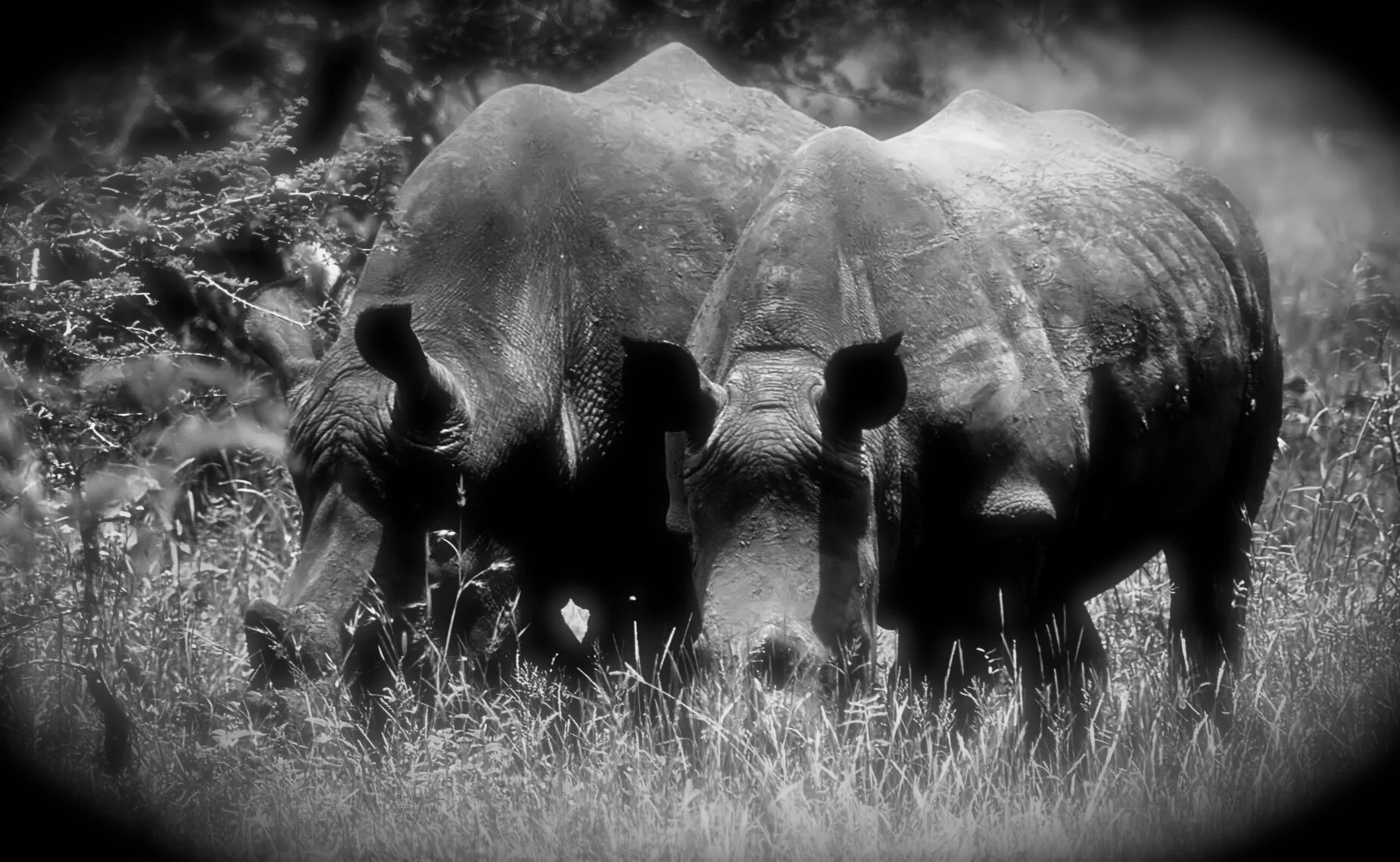They also serve, those who rarely make the headlines unless something bad happens to one of them.
Or 20 of them, as has happened these past 12 months in the mists of Congo’s Virunga National Park, home to one of the world’s last remnant populations of mountain gorillas.
Twenty.
That’s how many park rangers, trackers and other staff have been killed in the performance of their day-to-day duties in this land of dangerous beauty, where bandits, insurgents and various warring militias look to cash in on the coltan, tantalum and niobium that go into making our smartphones.
Earlier this month the bush wars claimed Luca Attanasio, the Italian ambassador to the Democratic Republic of Congo (DRC). The ambassador’s Congolese driver and security guard were also killed in the ambush, prompting Virunga’s chief ranger, Emmanuel de Merode, to tell the BBC, “The level of sacrifice that’s involved in keeping this work going will always be the hardest thing to deal with.”
The park is renowned not just for its terrible history but also for its beauty. Virunga is where Dian Fossey of Gorillas in the Mist fame conducted her pioneering research into mountain gorillas. At 7,800 sq km (3,000 square miles), the park is one of Africa’s oldest, and largest. Its landscape ranges all the way from active volcanoes to vast lakes to cloud forests, and is home to an astonishing range of biodiversity.
There are just 1,000 mountain gorillas left in the world, but Virunga has been recovering — slowly — in recent years. Three gorilla babies were born in the park in just the past month, and while that sounds like a tiny number given that the future of the entire species is at stake, three is better than none.
Despite the constant fighting — until recently DRC was also the site of one of the world’s longest lasting, least reported civil wars — gorilla numbers are increasing.
For now.
In April last year, 13 rangers were killed during what park officials labeled a “ferociously violent and sustained” ambush by another armed group. This past January, another six rangers were killed by marauding militias while patrolling the park’s lake region on foot. All those who died were between 25 and 30, and left young families behind.
De Merode, born in North Africa and raised in Kenya, has lived in DRC for nearly 30 years. The odds seem weighted against him and his staff of roughly 800 rangers, but he remains defiantly optimistic.
“You have to accept that (there’s risk),” he told BBC earlier this month. “This national park is part of a Congolese state which has been affected by civil war for most of its recent history. . . . (Virunga) has had enormous ups ands downs. We’ve suffered enormously, but alongside that is the incredible achievement of keeping this park alive.”
Tensions surrounding the park were documented in the 2014 Oscar-nominated film Virunga, on Netflix.
The future of the park’s survival, De Merode insists, rests on tourism. The park is in a region beset by poverty. People who live in the area live on less than USD 1.50 a day. The park’s future rests on a strong economic foundation if it’s to be sustainable.
Neighbouring Rwanda, pre-pandemic, overseas tourism generated USD $500m a year in revenue. Kenya, the region’s tourism success story, has generated an astounding USD $3.5bn from overseas visitors.
With light finally at the end of the Covid-19 tunnel and vaccinations taking hold, there’s hope for the future, De Merode insists.
“People join the militias because they have no choice, and the only way to overcome that is to give them a choice,” he told BBC. “The issue of security cannot be resolved with weapons alone.”












